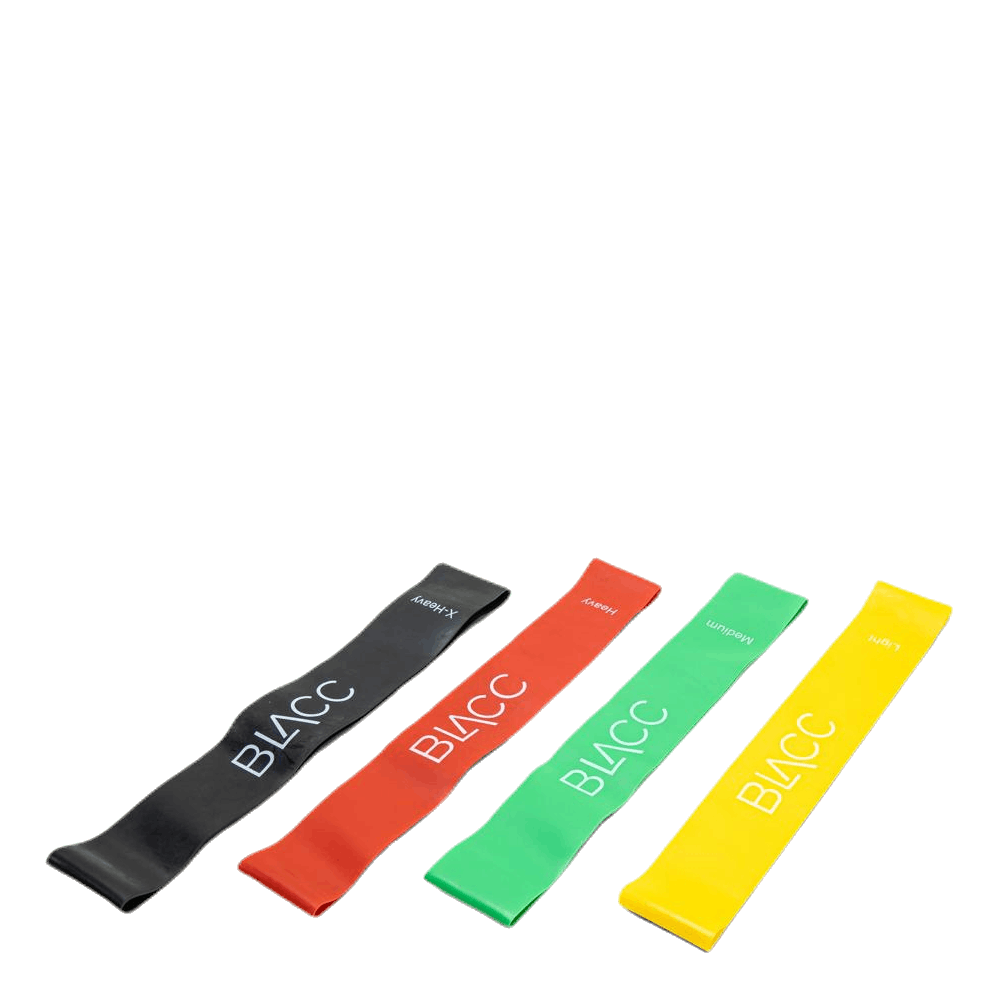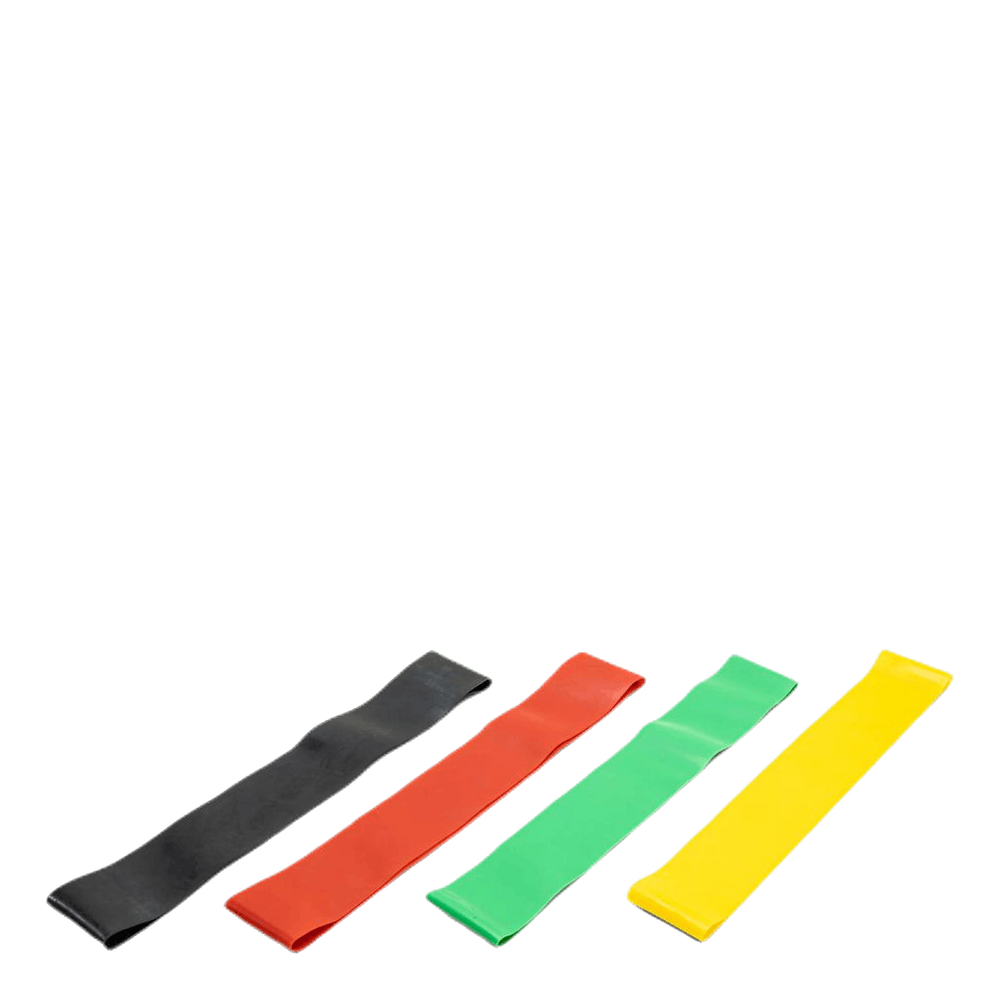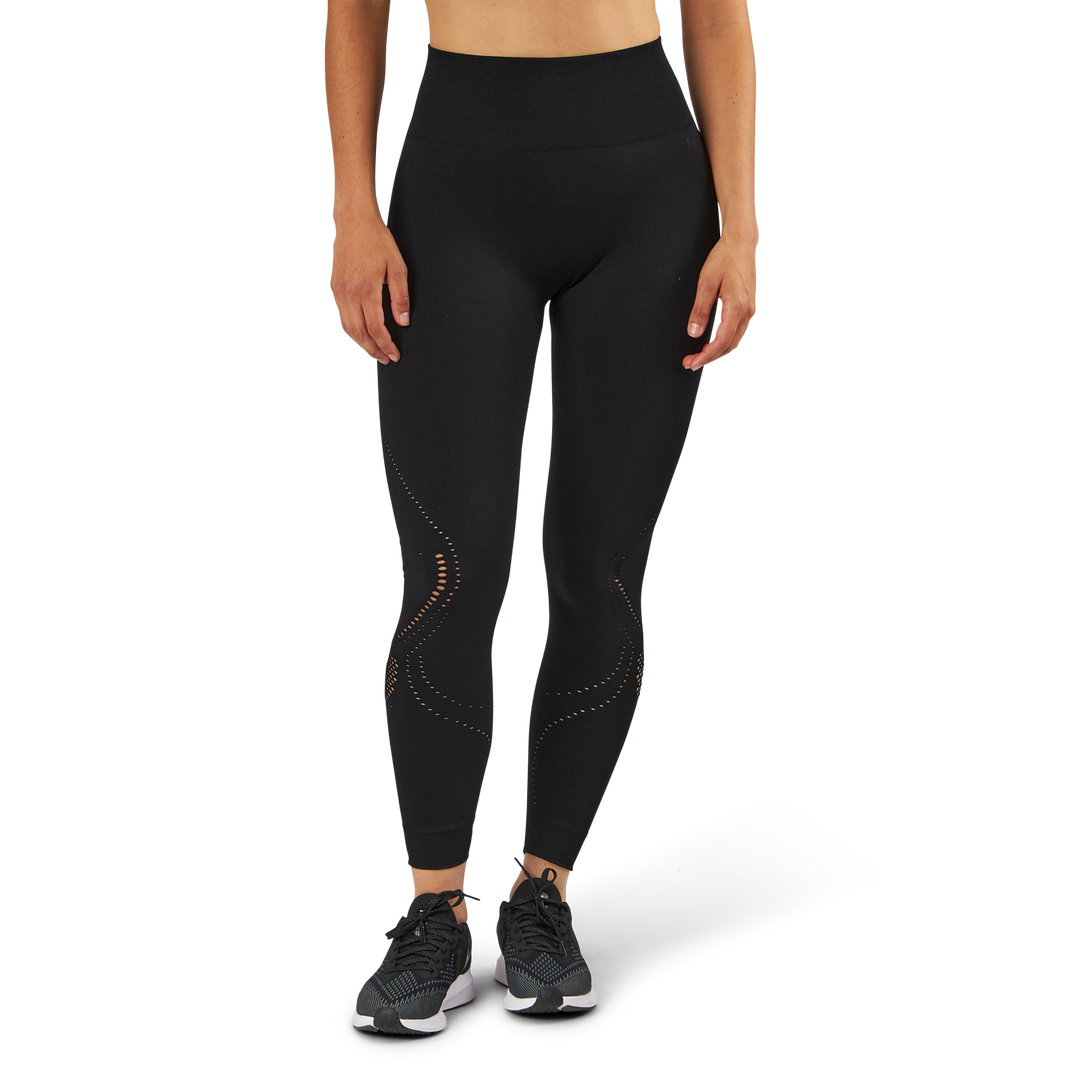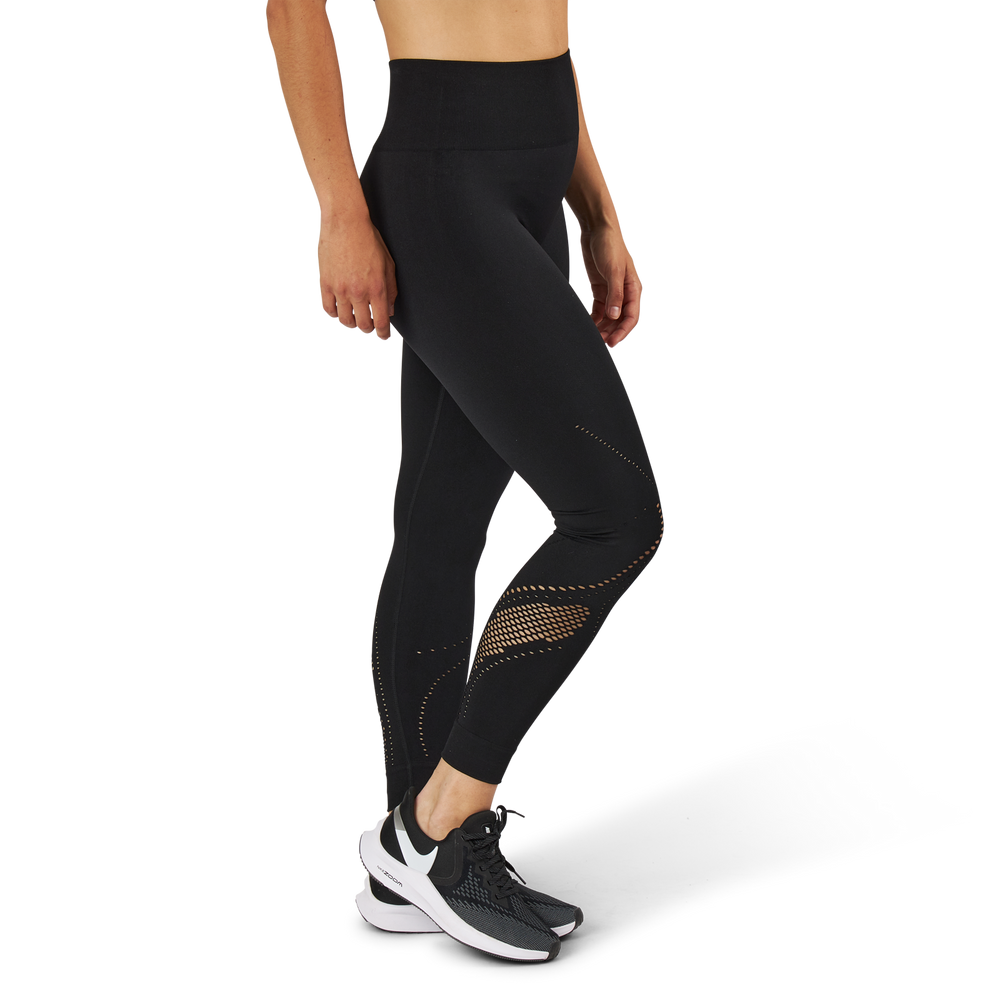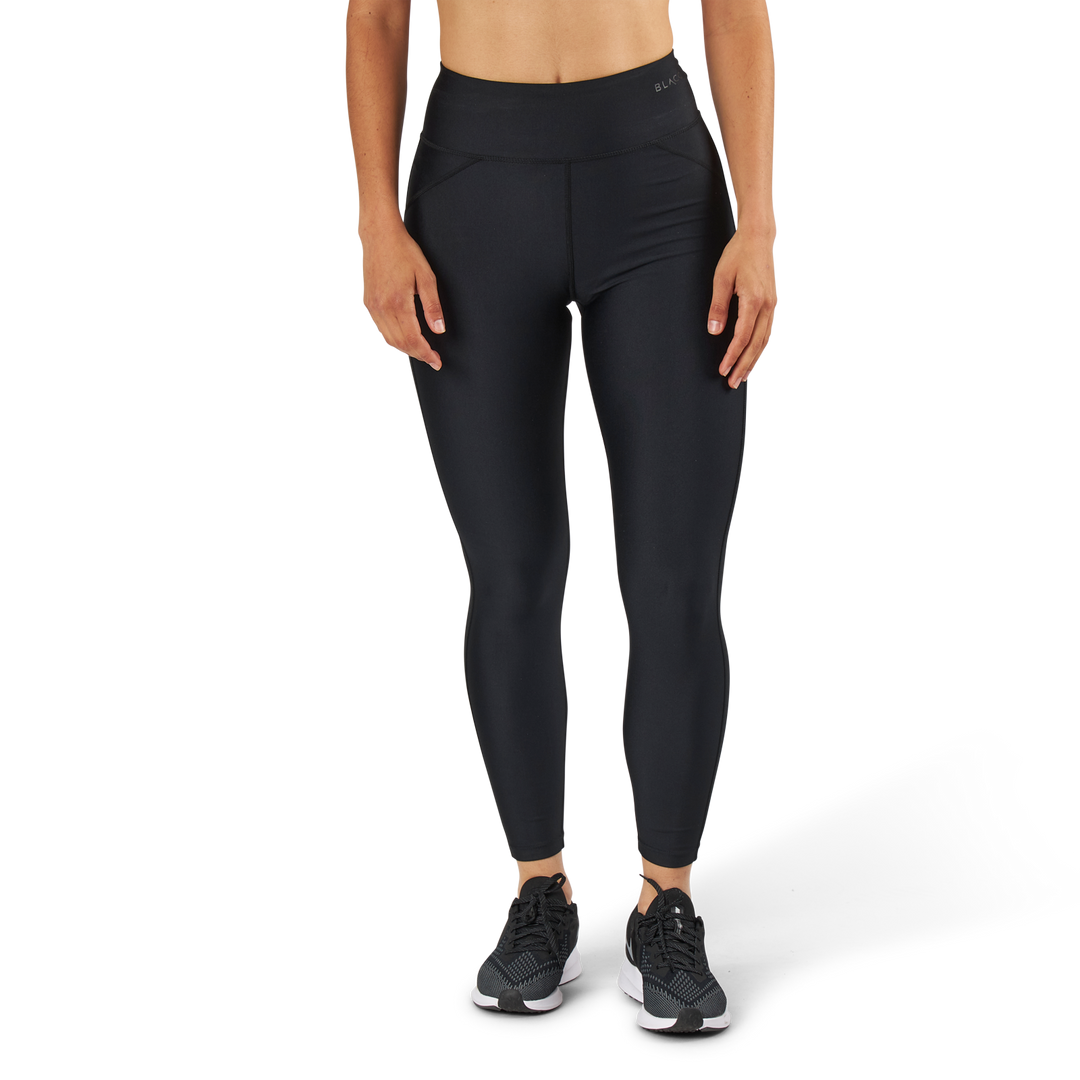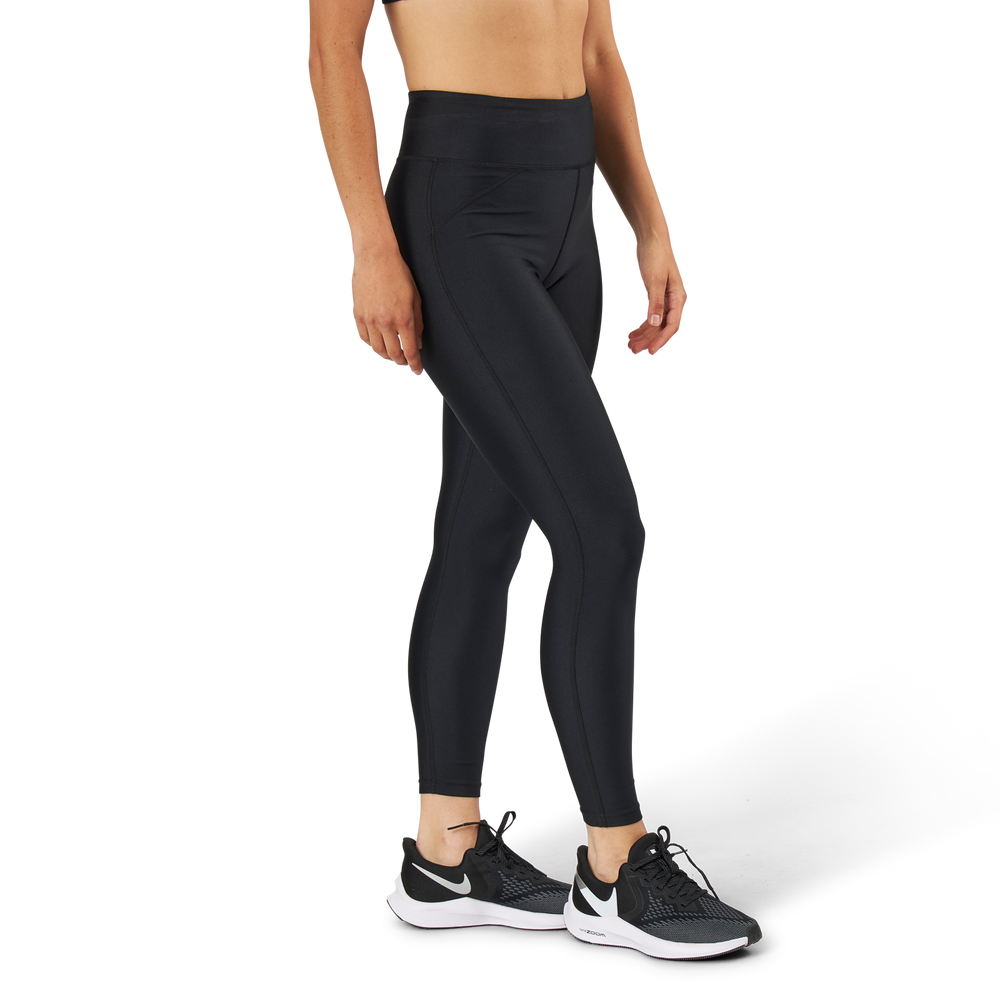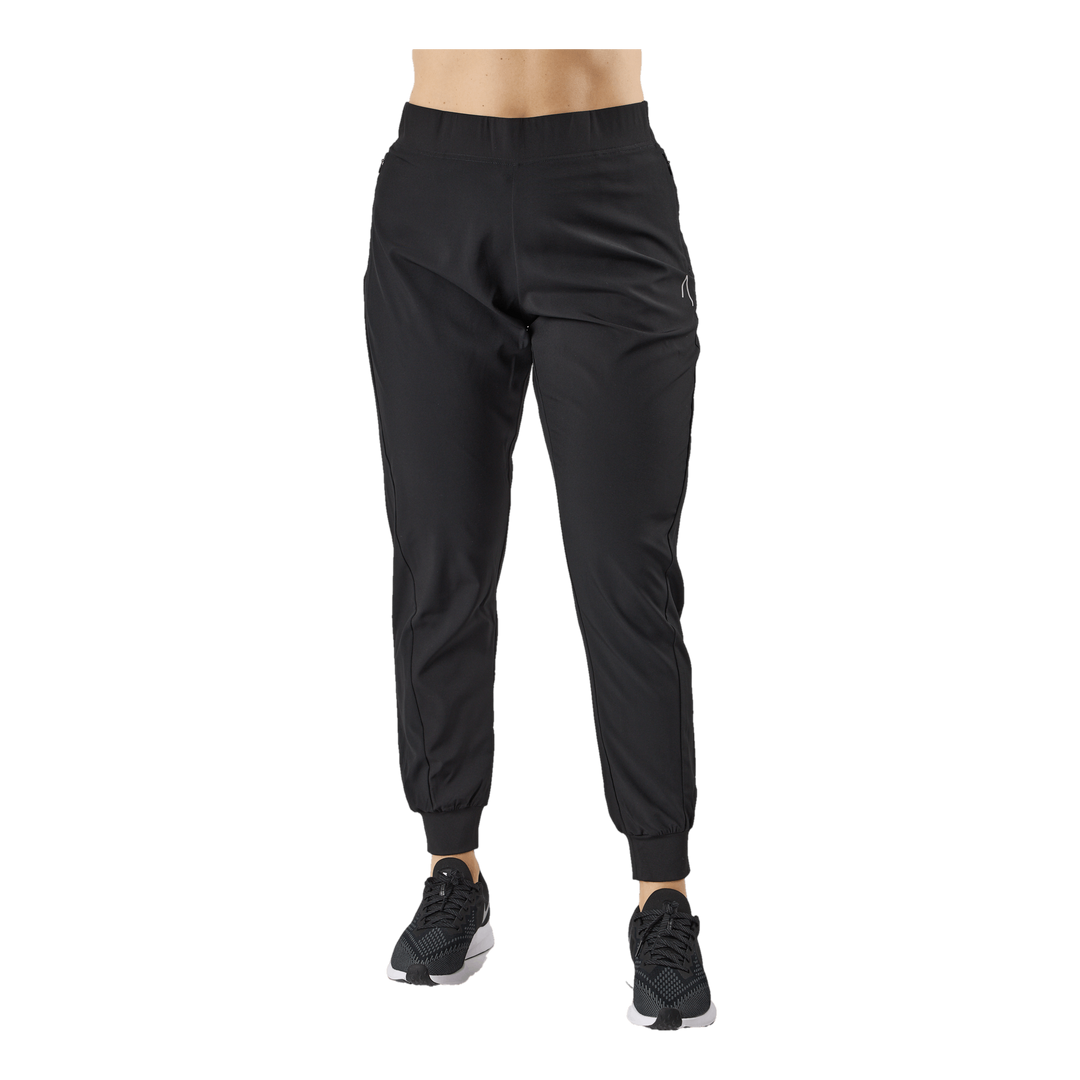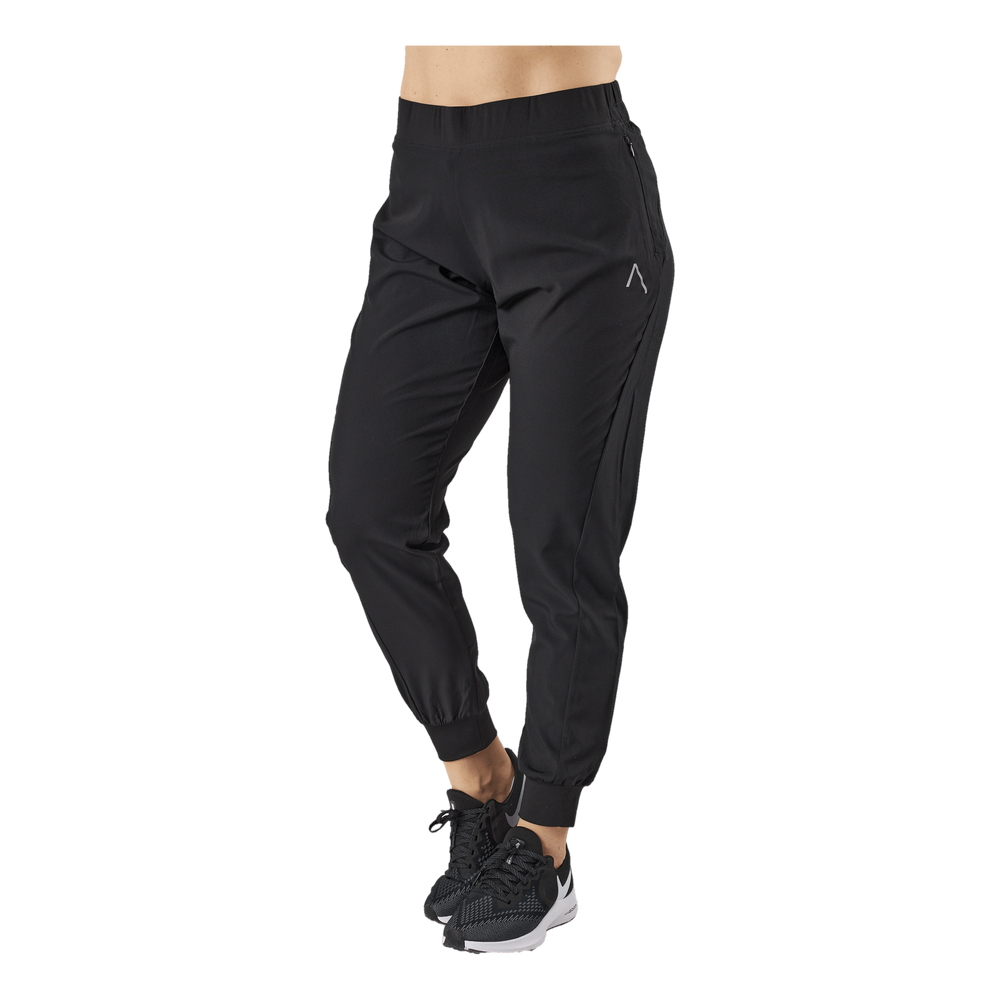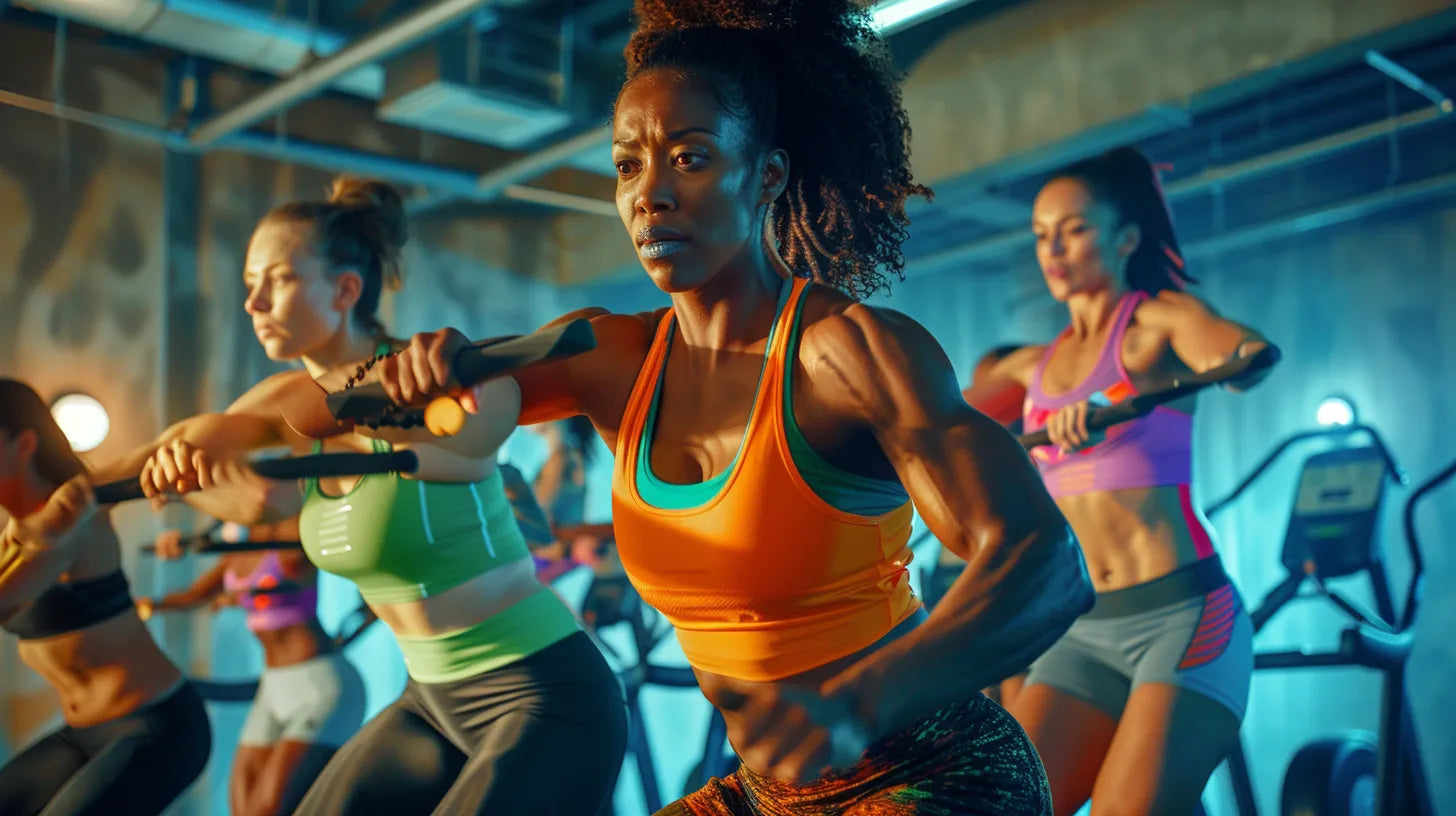
Gym Workout Routine: How to Create an Effective Full Body Workout
Introduction
Working out at the gym is an excellent way to build strength, improve fitness, and shape your body. But for many, putting together their own workout routine can feel overwhelming. What should you focus on? How many exercises are needed? And in what order should you do them? In this article, we'll go over the basics of creating an effective full body workout at the gym.
The Benefits of Full Body Training
Training your entire body in a single workout has several advantages:
- It's time-efficient - you can train all major muscle groups in a shorter time
- It provides a great hormonal response that promotes fat burning and muscle growth
- It improves your overall strength and functionality in daily life
- It reduces the risk of imbalances and injuries compared to splitting up training by muscle group
Full body training is especially recommended for beginners and general fitness enthusiasts. It provides a solid foundation to build upon, whether your goal is weight loss, muscle gain, or just feeling better.
Exercises to Include in Your Full Body Workout
A good full body workout should include exercises for all major muscle groups: legs, chest, back, shoulders, arms, and core. Here are some examples of effective basic exercises:
- Squats or leg presses for legs
- Bench press or push-ups for chest and arms
- Deadlifts or rows for back and posterior chain
- Shoulder presses or lateral raises for shoulders
- Bicep curls and tricep extensions for arms
- Planks or crunches for abs and core
Choose one to two exercises per muscle group and perform 3-4 sets of 8-12 repetitions of each. The more exercises you include, the more time you'll need to allocate for the workout. Start with a few basic exercises and increase as you progress.
How to Structure Your Workout
The order in which you perform the exercises matters for the results. A good rule of thumb is to start with large, complex exercises that involve multiple muscles and joints, and then move on to more isolated exercises.
An example of a full body workout structure could look like this:
- Warm-up 5-10 min (treadmill, elliptical, jump rope)
- Squats or leg presses 3x10
- Bench press or push-ups 3x10
- Deadlifts or rows 3x10
- Shoulder presses 3x10
- Bicep curls 3x12
- Tricep extensions 3x12
- Planks or crunches 3x30 sec
- Cool-down and stretch
Try performing exercises as supersets, alternating between two exercises without rest to save time and keep the intensity high. For example, squats+bench press, deadlifts+shoulder presses, etc. Rest for 1-2 minutes between each superset.
Tailor the Workout to Your Needs
The above is just an example of what a full body workout could look like. The important thing is that you tailor the exercises and structure to your own goals, fitness level, and preferences.
If you're a beginner - start with lighter weights or just bodyweight and focus on technique. Gradually increase the weights as you get stronger.
If you have injuries or limitations - choose alternative exercises that don't strain the affected area. Don't hesitate to ask a trainer for advice.
If you want to focus more on strength - perform fewer reps with heavier weights. If endurance is your goal - keep a higher pace with shorter rest periods.
Conclusion - Find Your Own Path to an Active Life
Putting together your own workout routine at the gym can feel like a jungle at first. But by including basic exercises for the whole body, maintaining a structured approach, and tailoring it to your own needs, you're on the right track.
Remember that exercise is about so much more than performance and results. The most important thing is that you find a way to move that you enjoy and can sustain in the long run. For some, the gym is like a second home, for others, working out at home or outdoors works better. Find your own path and enjoy the journey towards a stronger, healthier, and happier you!




